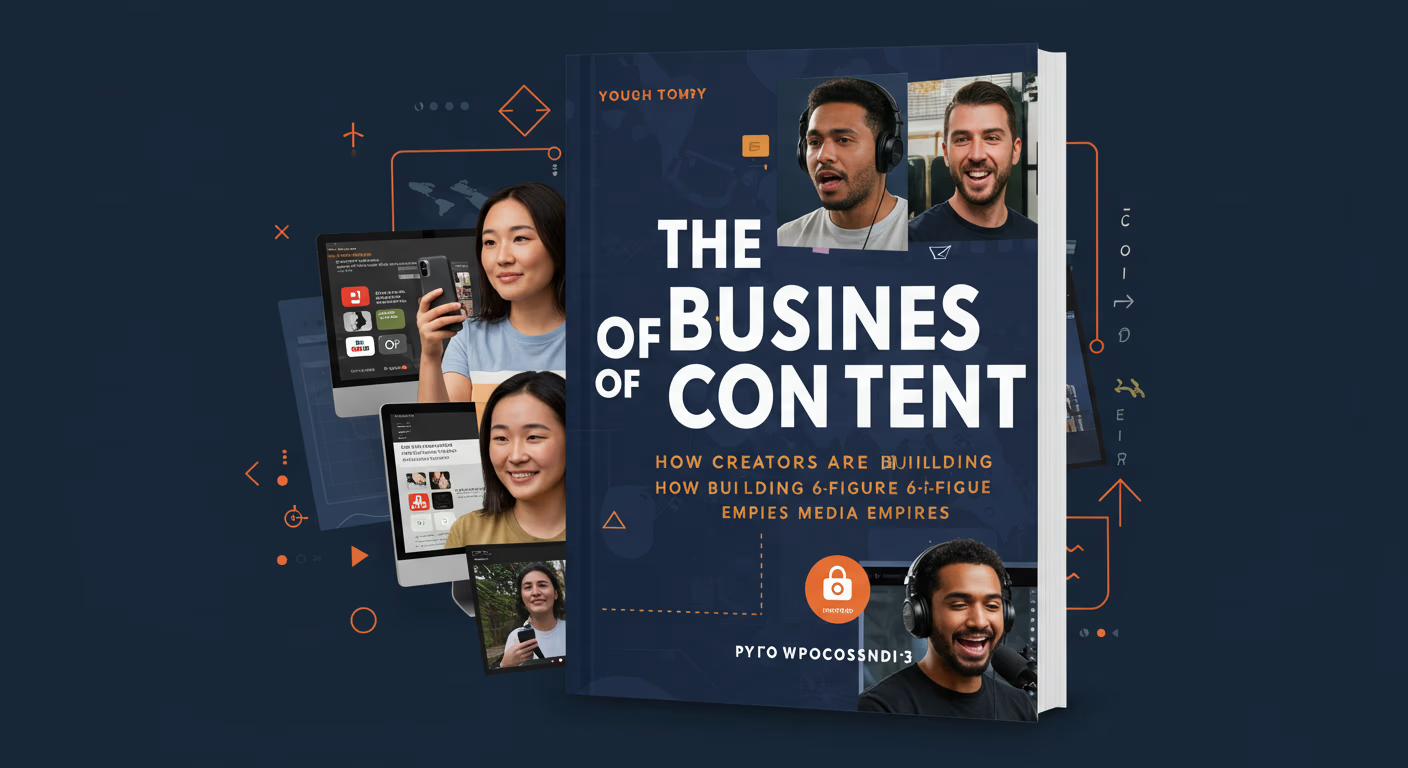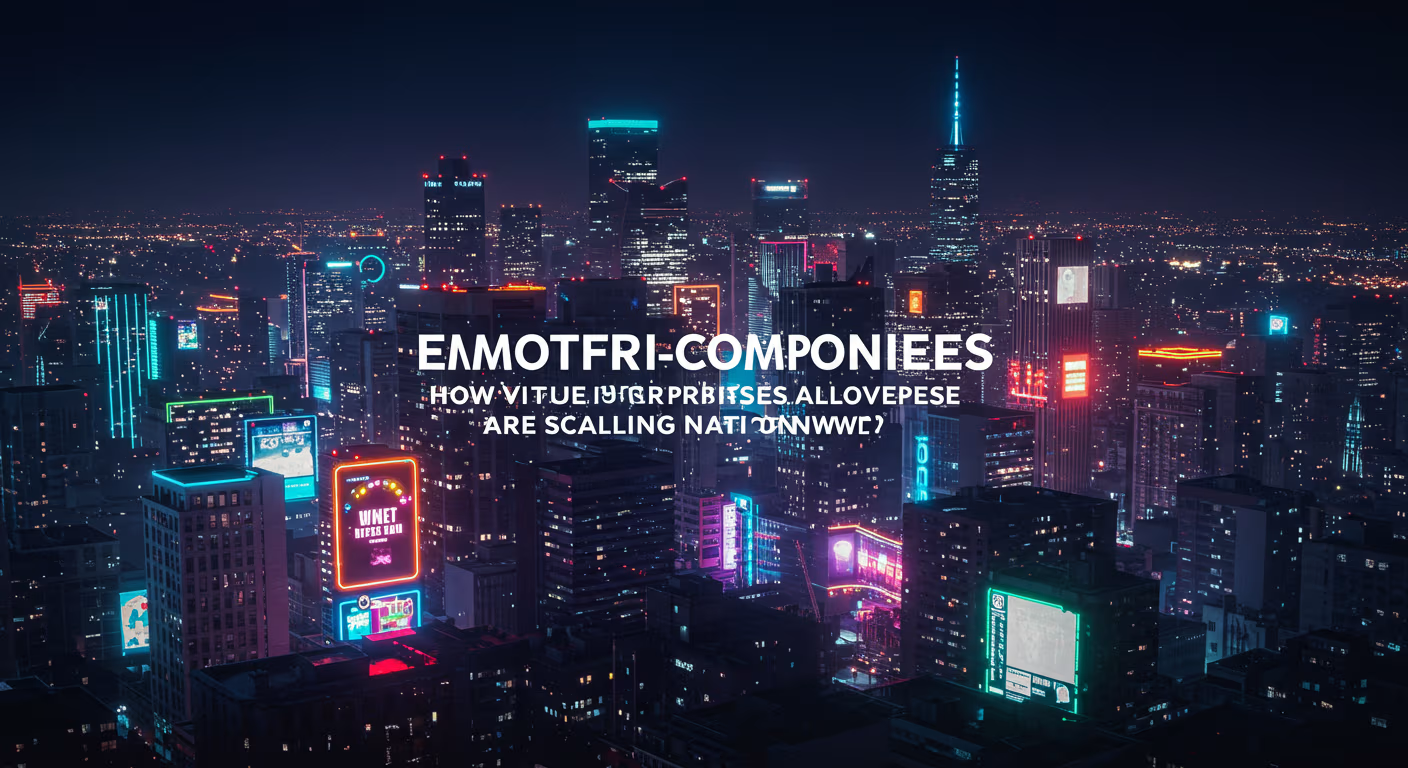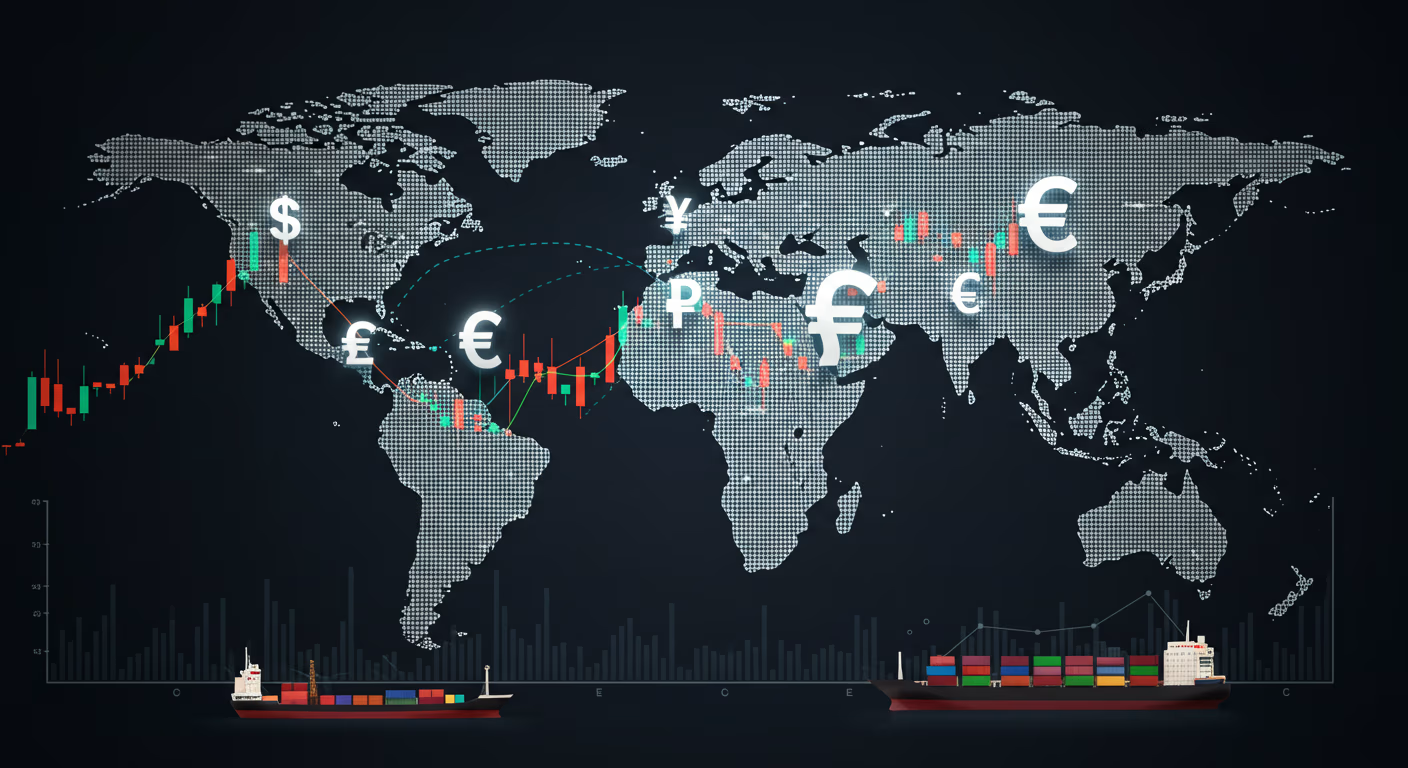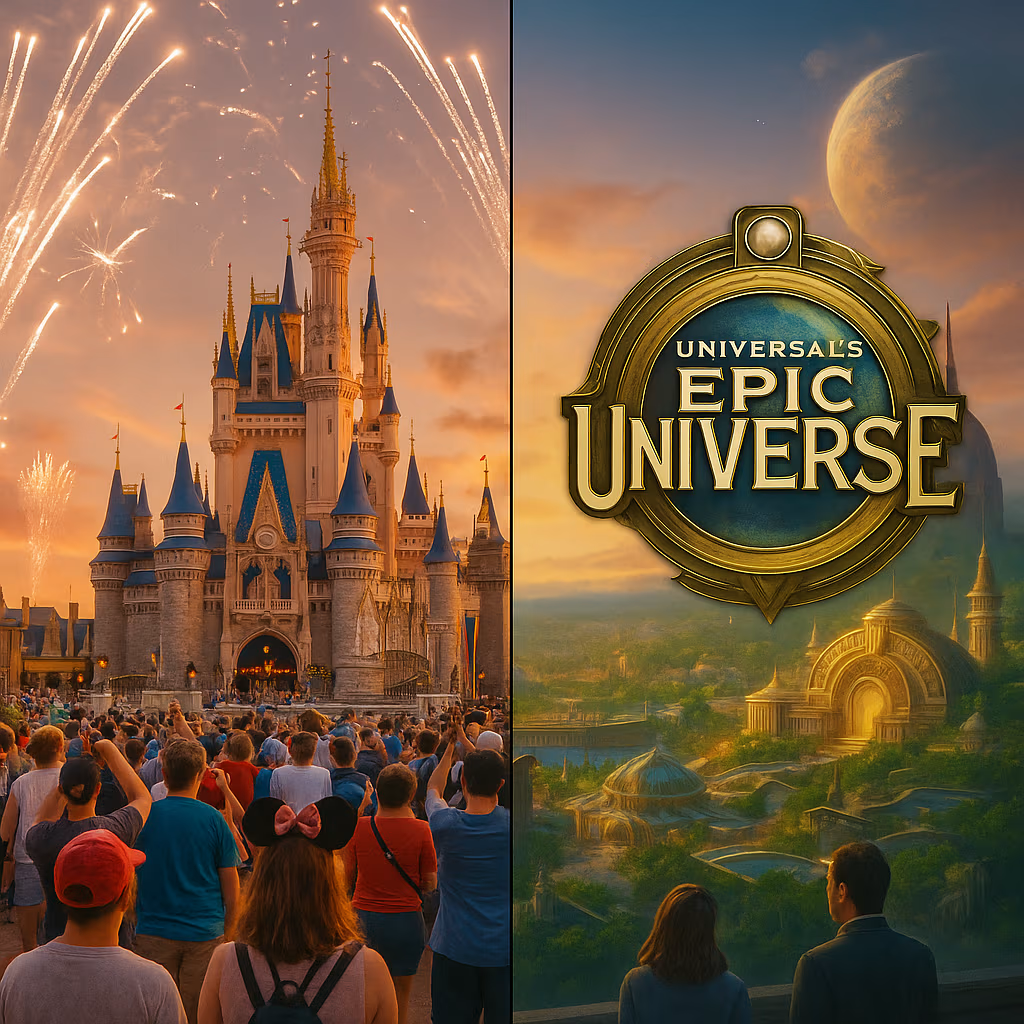In 2025, content creation is no longer just a hobby or side hustle. It’s a serious business model—one that’s enabling individuals to build six-figure (and in many cases, multi-million-dollar) media empires without a production studio, formal journalism degree, or traditional gatekeepers. Armed with nothing more than a smartphone, a story, and a strategy, digital creators are redefining what it means to be a media brand in the digital economy.
This shift isn’t an accident. It’s the result of a perfect storm: the rise of platforms like YouTube, TikTok, and Substack; the decline of traditional advertising channels; the explosion of affiliate marketing and direct-to-audience monetization; and a generation of consumers who prefer authenticity over polish. Where once corporations controlled distribution, now individuals do. And the smartest among them aren’t just building audiences—they’re building systems, assets, and scalable businesses.
What separates a casual content creator from a six-figure media entrepreneur comes down to infrastructure, intent, and monetization. Successful creators treat content like a product. They think about brand identity, analytics, revenue streams, retention, and platform leverage. Instead of chasing virality for its own sake, they build ecosystems that compound attention and translate it into income.
Creators like Ali Abdaal, Codie Sanchez, Jay Clouse, and MrBeast didn’t just get lucky with viral videos or clever tweets. They operate with the precision of business owners. Their content feeds newsletters, their newsletters drive product sales, and their products build community. They track metrics, test offers, and reinvest in growth. In essence, they are media companies with one face and infinite reach.
The rise of newsletters, podcasts, video series, paid communities, and educational products has changed the creator monetization model. Where earlier creators relied mostly on YouTube AdSense or Instagram brand deals, today’s creators generate diversified revenue through multiple channels: direct-to-consumer courses, sponsored content, coaching, paid newsletters, affiliate income, merchandise, and premium subscriptions. In this model, the creator is not the talent—they are the CEO.
Platforms like Substack, Kajabi, Circle, Gumroad, and Patreon have made it easier than ever for creators to own the monetization layer. This shift in infrastructure means creators are no longer at the mercy of platform algorithms alone. If a TikTok account gets shadowbanned or Instagram reach plummets, a strong email list or private community can sustain the business. This audience ownership is the foundation of content-based empires.
But the real unlock is systemization. Six-figure creators don’t post sporadically or wait for inspiration. They operate with editorial calendars, automation tools, SOPs, and teams—even if that “team” is a couple of freelancers managing editing, scheduling, and customer support. These businesses are lean but structured. A single idea becomes a YouTube video, which becomes a blog post, which becomes a tweet thread, which becomes an email lesson, which eventually sells a product. Each piece of content is part of a larger flywheel.
Another defining factor is niching down. Six-figure creators aren’t trying to appeal to everyone—they go deep on specific topics and build expert-level trust in those domains. A creator teaching productivity for creatives, investing for millennials, or wellness for new mothers may only have 10,000–30,000 followers, but their engagement rate is high, and conversion rates are higher. These niche audiences buy, subscribe, and stick around. They don’t just follow—they fund.
Community building also plays a central role in the modern creator business model. Top creators foster two-way relationships. They host AMAs, share behind-the-scenes content, launch Discord servers, and involve their followers in the creative process. This relational depth creates loyalty and increases customer lifetime value. A viral video may bring someone in, but a trusted relationship is what makes them stay—and spend.
The cost of entry into the creator economy has never been lower, but competition is higher than ever. So what makes some creators break through while others fizzle? Clarity of positioning, consistency, and the ability to iterate quickly. Top-performing creators know what their audience wants because they test content like startups test products. They monitor open rates, view durations, click-through rates, and bounce data. They refine hooks, experiment with formats, and double down on what works.
Importantly, creators building sustainable businesses in 2025 aren’t chasing every trend. They’re building assets, not just content. A YouTube channel that earns $10,000 a month can be valued at a multiple and sold. A Substack newsletter with 20,000 subscribers becomes an acquisition target. Digital products and course libraries generate income while the creator sleeps. These aren’t influencer careers—they’re equity-backed content ventures.
For those just entering the space, the roadmap is clear but demanding. Start by identifying a specific audience and solving a specific problem. Build content around that problem consistently. Offer value first. Engage deeply. Then layer in monetization thoughtfully—starting with affiliate partnerships or digital downloads before expanding to paid memberships, cohorts, or licensing. The key isn’t to grow fast—it’s to grow aligned.
Even advertisers and investors are noticing the economic viability of creator-led businesses. Brand budgets are shifting from broad ad campaigns to long-term creator partnerships with measurable ROI. Venture capital is being deployed into creator-led product launches and tooling platforms. Creators are becoming investors themselves, using their platform to amplify the brands they back.
This isn’t just about making money on the internet. It’s a fundamental redefinition of media ownership, distribution, and entrepreneurship. The future of publishing, education, entertainment, and even commerce is being shaped by these creator-business hybrids. Their leverage is not just in content—it’s in trust, reach, and the ability to act swiftly on audience feedback.
The creator economy is not saturated. It’s evolving. There is still massive white space for creators in underexplored verticals, underserved demographics, and hybrid formats. But success in this space is no longer about luck or going viral. It’s about building like a founder, iterating like a marketer, and serving like a teacher. Those who treat content as business are building not just audiences—but real, lasting value.





